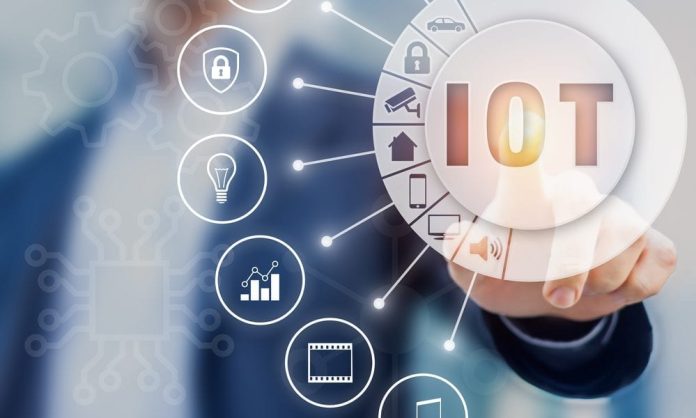The Internet of Things (IoT) has revolutionized our lives and work. IoT solutions have transformed every aspect of our lives from smart homes to connected factories. In the workplace, IoT devices have enabled companies to collect vast amounts of data that can be used to improve operations, increase efficiency, and enhance employee safety. However, this technology also raises concerns about data collecting and privacy. In this blog, we will discuss the human aspect of IoT and how organizations can manage data collecting and privacy in the workplace.
The Human Aspect of IoT
While IoT devices are an important tool for collecting data and improving efficiency, the human aspect of IoT cannot be ignored. Employees play a critical role in managing IoT data collection and privacy. Organizations must be transparent about the data collected and its use. Communication is key to ensuring that employees understand the benefits and risks of IoT implementation. When employees are involved in decision-making, they are more likely to trust the technology and support its implementation.
IoT devices can also provide significant benefits to employees. For example, sensors can monitor environmental conditions such as temperature and air quality, providing a safer and healthier workplace. IoT devices can also improve productivity by automating tasks and providing real-time data to help employees make better decisions.
Data Collecting in IoT
IoT devices can collect a wide range of data in the workplace, including employee location, behavior, and health information. However, collecting and managing this data can be challenging. Organizations must ensure that data is collected ethically and complies with privacy regulations. Best practices for data collection include minimizing the amount of data collected, ensuring that data is encrypted, and limiting access to authorized personnel.
Privacy Concerns in IoT
Privacy is a major concern regarding IoT devices in the workplace. Organizations must balance the benefits of IoT with the potential risks to employee privacy. Data collected by IoT devices can be used to monitor employee behavior, leading to concerns about employee surveillance. Organizations must be transparent about collecting and using data and obtaining employee consent before implementing IoT devices.
When implementing IoT in the workplace, legal and ethical considerations must also be considered. Organizations must comply with privacy regulations such as the General Data Protection Regulation (GDPR) and ensure that data is anonymized and only used for its intended purpose.
IoT Solutions for Managing Data Collecting and Privacy
IoT solutions and platforms can help organizations manage data collecting and privacy in the workplace. These solutions provide a range of features such as data analytics, real-time monitoring, and security protocols. IoT platforms also allow for centralized management of IoT devices, making monitoring and controlling data collection and usage easier.
When choosing an IoT platform, organizations should consider security and scalability. The platform should have robust security features such as encryption and authentication to protect data from unauthorized access. The platform should also be scalable, allowing organizations to add or remove devices as needed easily.
Conclusion
IoT devices have transformed the workplace, providing increased efficiency and improved safety. However, managing data collecting and privacy in IoT is essential to ensure that employees are not subjected to surveillance and that their privacy is protected. Organizations must involve employees in decision-making, be transparent about data collection and usage, and comply with privacy regulations. IoT platforms can help organizations manage data collecting and privacy, but security and scalability should be considered when choosing a platform. Organizations can reap the benefits of IoT by prioritizing employee privacy while maintaining a safe and respectful workplace.
FAQs
Q: Can IoT improve employee productivity?
IoT devices can improve productivity by automating tasks, providing real-time data, and optimizing workflows. However, organizations must balance productivity gains with privacy and security concerns.
Q: How can organizations ensure that IoT devices are not used to monitor employee behavior?
Organizations can ensure that IoT devices are not used to monitor employee behavior by being transparent about data collection and usage, limiting access to data, and obtaining employee consent. Additionally, organizations can establish clear policies and guidelines around using IoT devices in the workplace.
Q: What should organizations do during a data breach involving IoT devices?
In the event of a data breach involving IoT devices, organizations should take immediate action to contain the breach and notify affected parties. Organizations should also investigate the cause of the breach and take steps to prevent similar incidents from occurring in the future.
Q: How can organizations balance the benefits of IoT with privacy concerns?
Organizations can balance the benefits of IoT with privacy concerns by prioritizing employee privacy, being transparent about data collection and usage, complying with privacy regulations, and establishing clear policies and guidelines around the use of IoT devices in the workplace. Additionally, organizations should regularly review and update their IoT policies and practices to ensure they are aligned with best practices and evolving privacy regulations.














